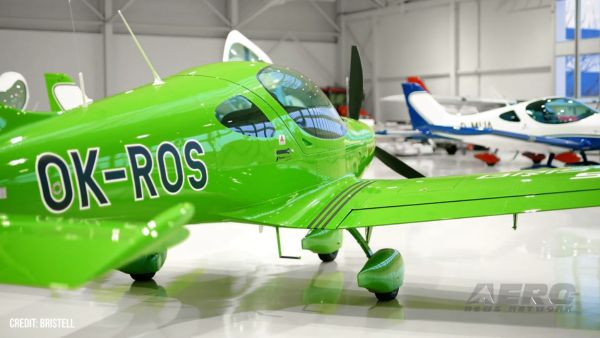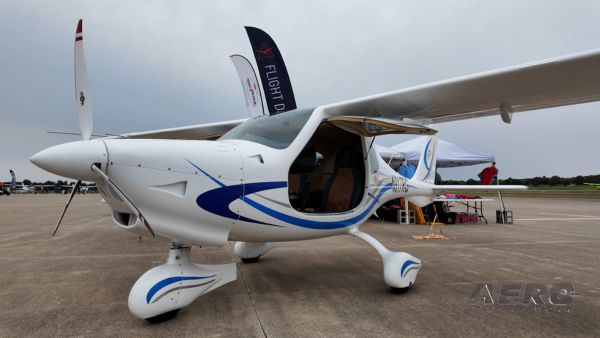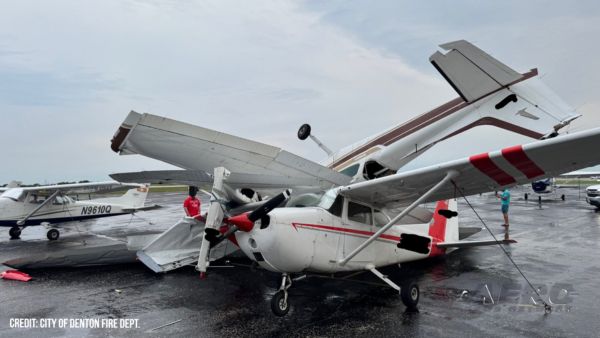Rule Advances U.S. Airline Industry’s Proactive Safety Culture
To reach the next level of safety, the FAA on Wednesday issued a final rule that requires most U.S. commercial airlines to have Safety Management Systems (SMS) in place by 2018. The rule builds on the programs many airlines already use to identify and reduce aviation risk.

SMS is the formal, top-down, organization-wide approach to managing safety risk and assuring the effectiveness of safety risk controls. SMS gives airlines a set of business processes and management tools to examine data gathered from everyday operations, isolate trends that may be precursors to incidents or accidents, take steps to mitigate the risk, and verify the effectiveness of the program. SMS requires compliance with technical standards but also promotes a safety culture to improve the overall performance of the organization. It uses four key components – safety policy, safety risk management, safety assurance, and safety promotion.
“Aviation is incredibly safe, but continued growth means that we must be proactive and smart about how we use safety data to detect and mitigate risk,” said U.S. Transportation Secretary Anthony Foxx. “SMS gives airlines the tools they need to further reduce risk in commercial aviation.”
The rule requires airlines to implement a safety management system within three years. They must submit their implementation plans to the FAA within six months. The rule also requires a single accountable executive to oversee SMS. An SMS defines "what" is expected rather than "how" the requirement is to be met. This allows each air carrier to design an SMS to match the size, complexity and business model of its organization. An SMS does not take the place of regular FAA oversight, inspection and audits to ensure compliance with regulations.
“Our commercial aviation industry is a world-leader and model for risk mitigation and I’m proud that so many airlines have embraced the SMS culture voluntarily. Now the FAA and the air carrier industry are taking the next step,” said FAA Administrator Michael P. Huerta. “The FAA’s workforce also is transitioning to a proactive, risk-based culture so we can effectively target our resources.”
The aviation industry and federal government reduced the fatality risk in U.S. commercial air travel by 83 percent between 1998 and 2008. The industry and government now share a goal to reduce the U.S. commercial fatality risk by 50 percent from 2010 to 2025.
“Our members are fierce competitors, but we do not compete on safety because we know it is our most important job, and there is nothing more important than the safe arrival of our passengers, crew and cargo,” said A4A President and CEO Nicholas E. Calio. “That is why our members adopted this approach long before it became a rule; our work is a driving force as to why the U.S. industry is the model for the world in aviation safety.”
The Airline Safety and Federal Aviation Administration Extension Act of 2010 mandated that the FAA develop a rule requiring all Part 121 operators to implement SMS. The rule is consistent with the International Civil Aviation Organization’s standards and responds to National Transportation Safety Board recommendations.
The FAA estimates the rule will cost the airlines $224.3 million over 10 years ($135.1 million present value). The agency estimates the benefits will range from $205 million to $472.3 million over 10 years ($104.9 to $241.9 million present value). The FAA is offering a federally developed and funded software system to help airlines implement SMS. The system will cost the FAA $2.6 million per year to maintain.
The final rule will be effective within 60 days once it’s published in the Federal Register. More information is available on FAA.gov and the FAA’s SMS Office website.
 Aero-News: Quote of the Day (09.12.25)
Aero-News: Quote of the Day (09.12.25) First-ever Jetson ONE eVTOL Delivery Goes to Oculus Founder
First-ever Jetson ONE eVTOL Delivery Goes to Oculus Founder Hawaiian Airlines, Honolulu CC Start Mx Tech Program
Hawaiian Airlines, Honolulu CC Start Mx Tech Program Bristell Receives First FAA Part 23 Certification for its B23 Trainer
Bristell Receives First FAA Part 23 Certification for its B23 Trainer Blue Alchemist Successfully Completes Critical Design Review
Blue Alchemist Successfully Completes Critical Design Review



